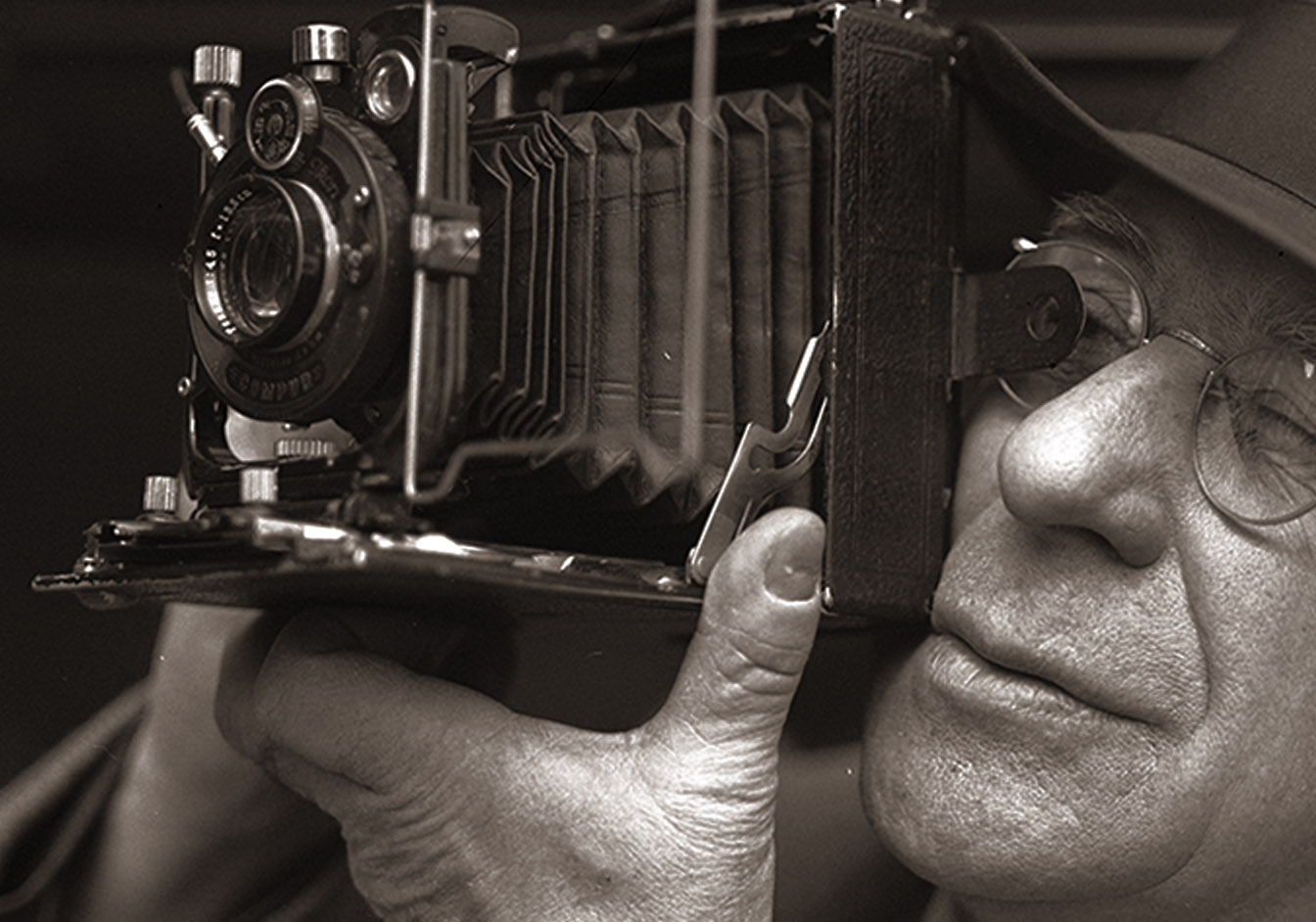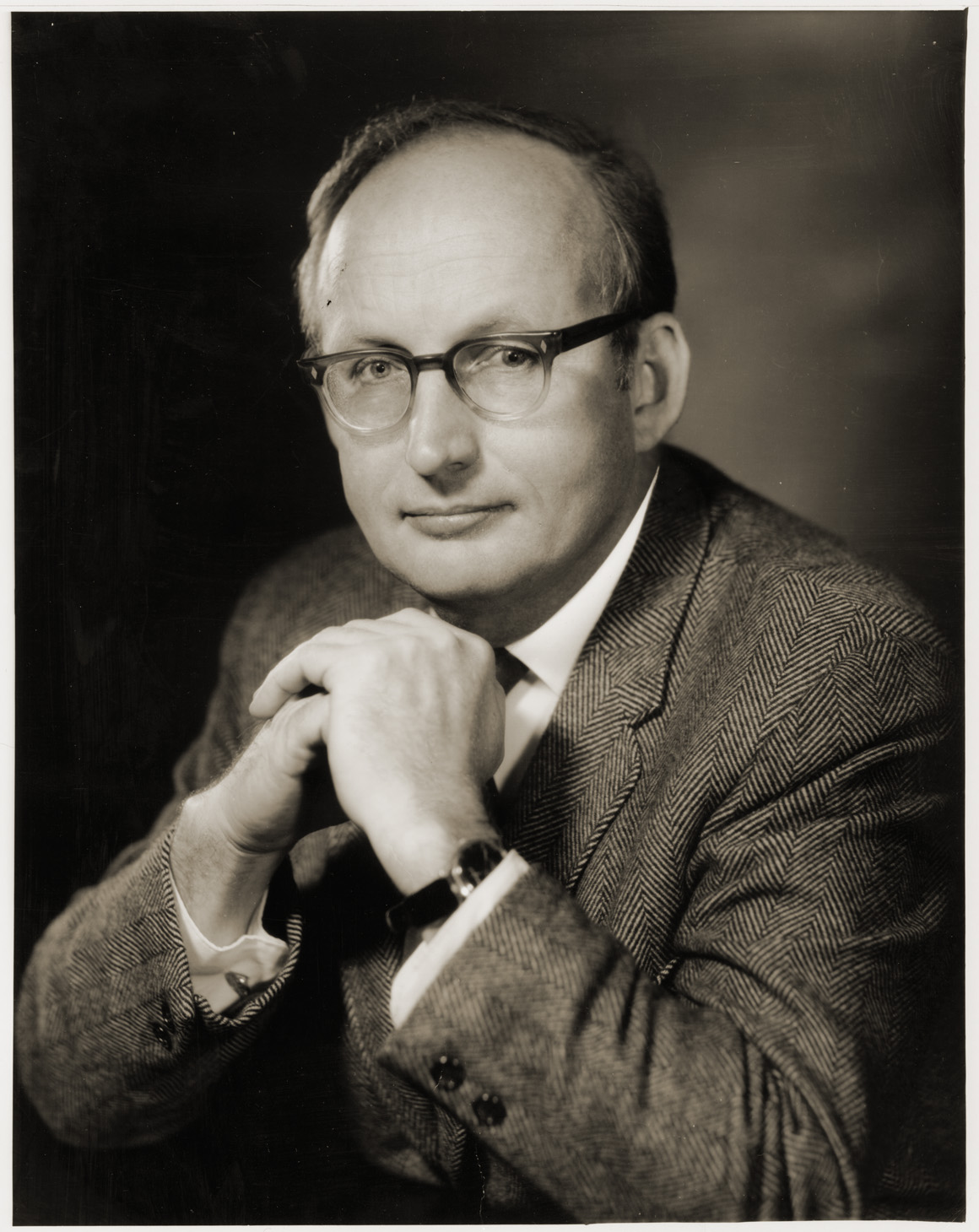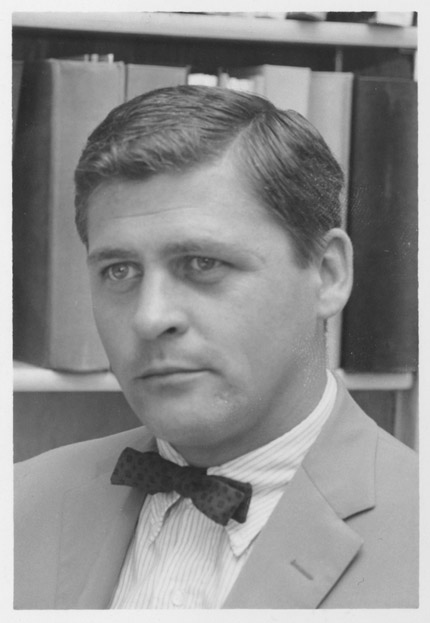Charmaine L. Wijeyesinghe Papers
Charmaine Wijeyesinghe has studied, consulted, and written in the area of social justice education and organizational change for almost 40 years. She earned her bachelor’s in psychology (’80), a master’s in education (’85) and her EdD (’92) from the University of Massachusetts Amherst (UMass), and while a grad student worked as an administrator at UMass, including serving as Staff Associate to the Vice Chancellor of Student Affairs, Assistant Dean of Students, and Assistant University Ombudsperson. After defending her dissertation she became Dean of Students at Mount Holyoke College, and later turned to career as a consultant. She was National Program Consultant for the National Conference for Community and Justice, where she developed social justice programs and trainings, and is now an independent consultant and author who addresses the areas of organizational development, identity development, and social justice, working primarily with colleges and universities around the country. Her doctoral work on Multiracial adults, completed in 1992, yielded one of the first models of Multiracial identity development which was adopted into the anti-bias curriculum of the Anti Defamation League. Dr. Wijeyesinghe has published articles, book chapters, and edited multiple volumes on Multiracial identity, racial identity and conflict resolution practice, the evolution of social identity models, and intersectionality. Wijeyesinghe received the (inaugural) NCORE Award for Scholarship in 2017 and (with Johnston-Guerrero) the Multiracial Network of ACPA’s Innovation Award in 2021. She was inducted into the ACPA Diamond Honoree Program in 2024.
The Charmaine Wijeyesinghe Papers document two branches of Wijeyesinghe’s scholarly and public engagements in the fields of social identity, Multiracial issues, and the application of intersectionality to higher education. Wijeyesinghe’s work and output related to her doctoral degree and 1992 dissertation, Towards a Theory of Bi-Racial Identity Development: A Review of the Literature on Black Identity Development, White Identity Development, and Bi-Racial Identity Issues, are well documented, including coded transcripts from interviews and Wijeyesinghe’s work log. Wijeyesinghe’s extensive engagement at professional conferences and as a workshop trainer frames the remaining materials, which include training workbooks and presentation agendas, programs, and handouts.





